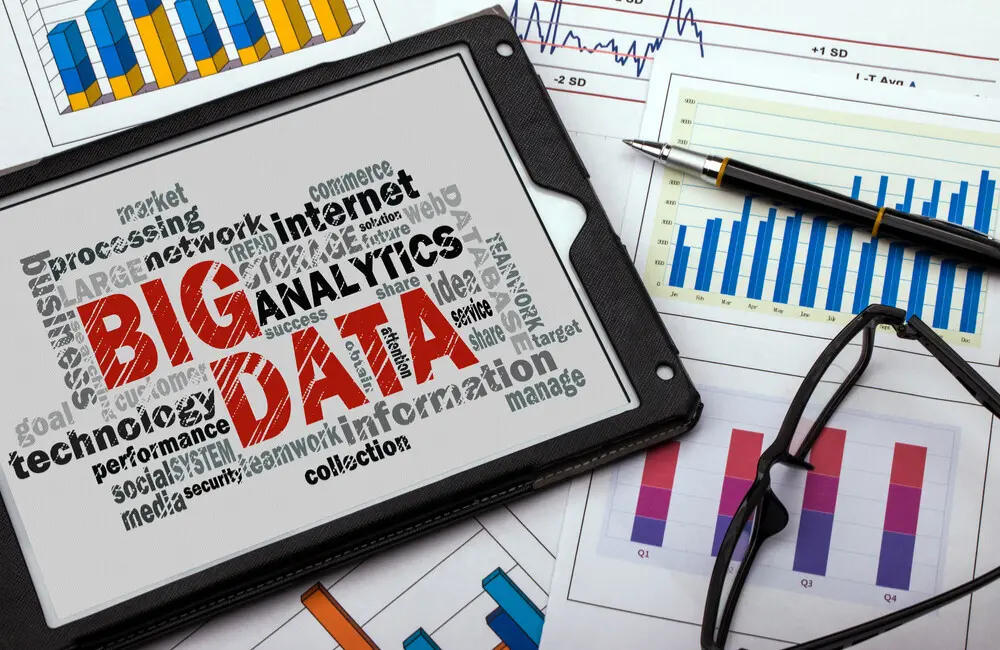Data science and analytics have made a great impact on how companies do business, but the greatest influence may be in digital marketing. Data-driven decision-making has revolutionized the way we understand consumers, what motivates them, what makes them tick, and what they really want. It’s led to the ability to better segment customers into demographic groups and personalize consumer experiences online. It’s also led to more targeted, effective marketing campaigns that deliver relevant information to customers.
All this rides on the back of effective big data collection and analysis. It’s a high-stakes, challenging field that’s rapidly expanding for those earning a master’s degree in business analytics
Customer Segmentation
In the past, businesses had to use unreliable forms of customer analysis. Data has changed that, and Google Analytics is one well-known example. The type of data produced by Google Analytics tells a company a lot about how their website is working. It produces insights such as:
- How people entered the website (search, social media link, etc.)
- What pages visitors looked at
- Pages visitors spent the most time on
- What page most frequently led to a sale
- Which pages most frequently led to people exiting the site
All this provides a clear picture of how potential customers interact with a company website. It’s a quick digital marketing tool to measure what content customers engaged with and what they ignored. This enables the creation of content and website design that provides customers with a better experience.
Other programs offer more sophisticated data collection and business analysts who specialize in marketing or digital marketing can use this information to further segment potential customers.
Digital Marketing: Personalized Experience
A personalized experience helps retain customers by giving them exactly what they are looking for. IBM highlights a few basic steps for creating a personalized customer experience.
Analyze data. Most companies have hundreds of thousands of data points to collect and analyze, but they need the expertise of business analysts to properly interpret them.
Create a strategy. Learn what your customers really want, then leverage collected data to create targeted marketing messages.
Create an experience. As more is learned about customers, create experiences tailor-made for them.
What do target experiences look like? A targeted email campaign for suburban parents would contain vastly different information than one for “empty nest” seniors. This a way of beating what IBM calls “banner blindness” – people have become so used to ignoring digital ads and emails that you must speak directly to their wants and needs to make an impact.
This is just a brief overview of what a business analyst or data scientist can do in the world of marketing. It is a highly competitive field. The challenges are great, but so are the rewards.
